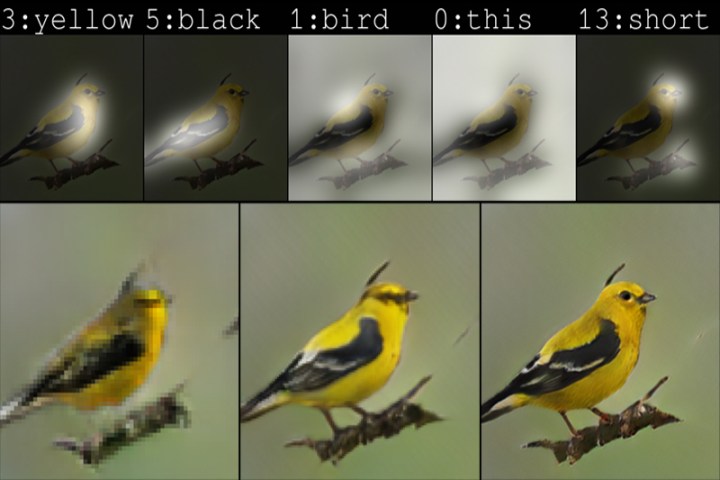
Microsoft’s research labs created a new artificial intelligence, or bot, that can draw any image you want based on simple descriptions. The company says this bot can draw anything in pixel form stemming from caption-like text descriptions you provide. And although text-to-image creation isn’t anything new, Microsoft’s “drawing bot” focuses on captions as image descriptors to produce an image quality that is claimed to be three times better than other state-of-the-art technologies.
“The technology, which the researchers simply call the drawing bot, can generate images of everything from ordinary pastoral scenes, such as grazing livestock, to the absurd, such as a floating double-decker bus,” Microsoft states. “Each image contains details that are absent from the text descriptions, indicating that this artificial intelligence contains an artificial imagination.”
Microsoft’s drawing bot merges two components of artificial intelligence: Natural-language processing and computer vision. The research project started with a bot that could generate text captions from photos. The researchers then advanced the project to answer human-generated questions about images, such as identifying a location, the object in focus, and so on.
But actually drawing an image is a huge step. While the bot can generate components based on text descriptors, it must “imagine” all the other missing pieces of the picture. Thus, if you tell the bot to draw a yellow bird with black wings, it has four descriptors, but must pull the remaining parts from data it acquired from previous drawings, photos, and more. In other words, knowledge obtained through machine-based learning.
Microsoft’s bot relies on a generative adversarial network (GAN). Just imagine two teams of computers: One side must render an image to fool the other team into believing it’s an actual photograph. Both teams go back and forth, with the first saying the image is real, and the second saying “nuh-uh,” disproving the claim. The goal, obviously, is to render an image that finally fools the second team.
In this case, the first team renders an image derived from text-based descriptions and the second team will disprove its “authenticity” as an actual photograph until the first team correctly renders the image. Microsoft first fed its GAN with paired images and captions so that it could understand that it needs to draw a bird based on that single word.
From there, Microsoft continued to build the knowledge base with paired images and captions consisting of multiple traits, such as black wings and a red belly. But Microsoft says it’s not using just any GAN, but one that targets tiny details so the bot can produce photo-realistic results. Microsoft dubs it as an attentional GAN, or AttnGAN.
“As humans draw, we repeatedly refer to the text and pay close attention to the words that describe the region of the image we are drawing,” the company says. “[AttnGAN] does this by breaking up the input text into individual words and matching those words to specific regions of the image.”
You can read Microsoft’s research paper describing its AttnGAN here.
Editors' Recommendations
- Microsoft has a new way to keep ChatGPT ethical, but will it work?
- Microsoft has an A.I. coach that can critique your PowerPoint presentations
- PowerPoint is easier than ever with Microsoft’s new A.I. tools


